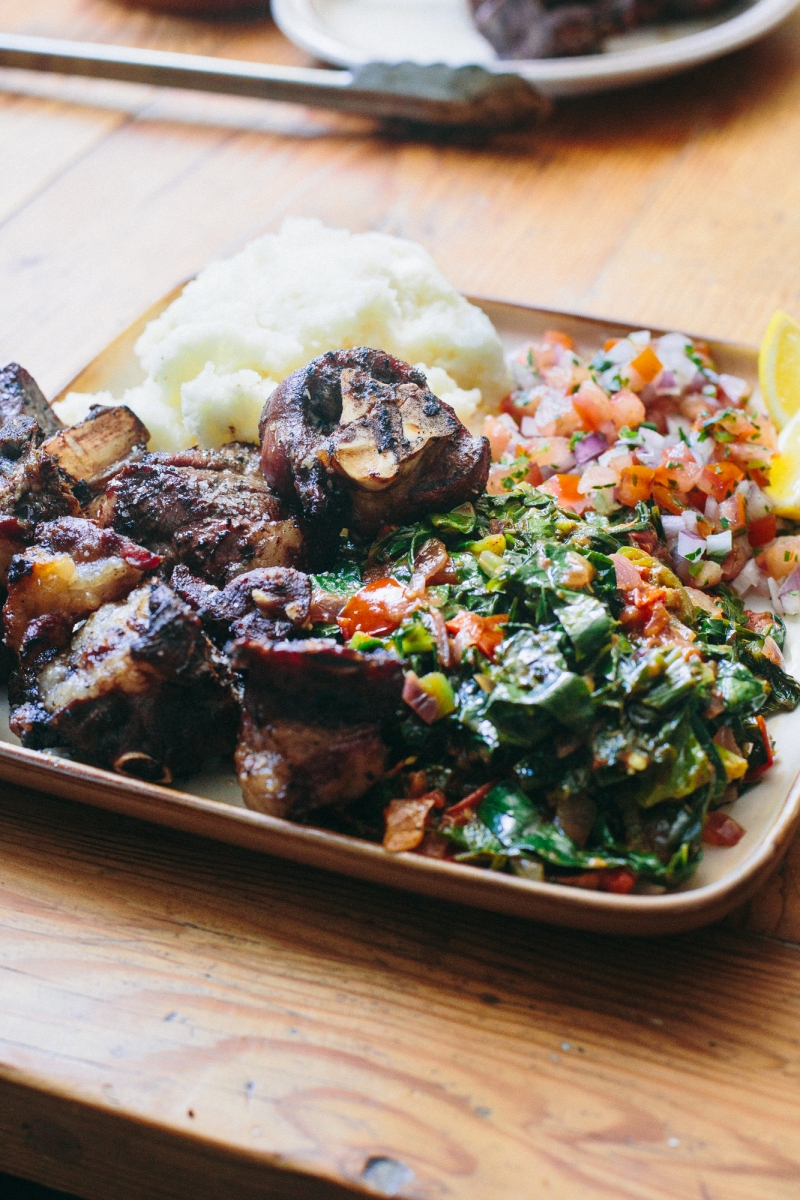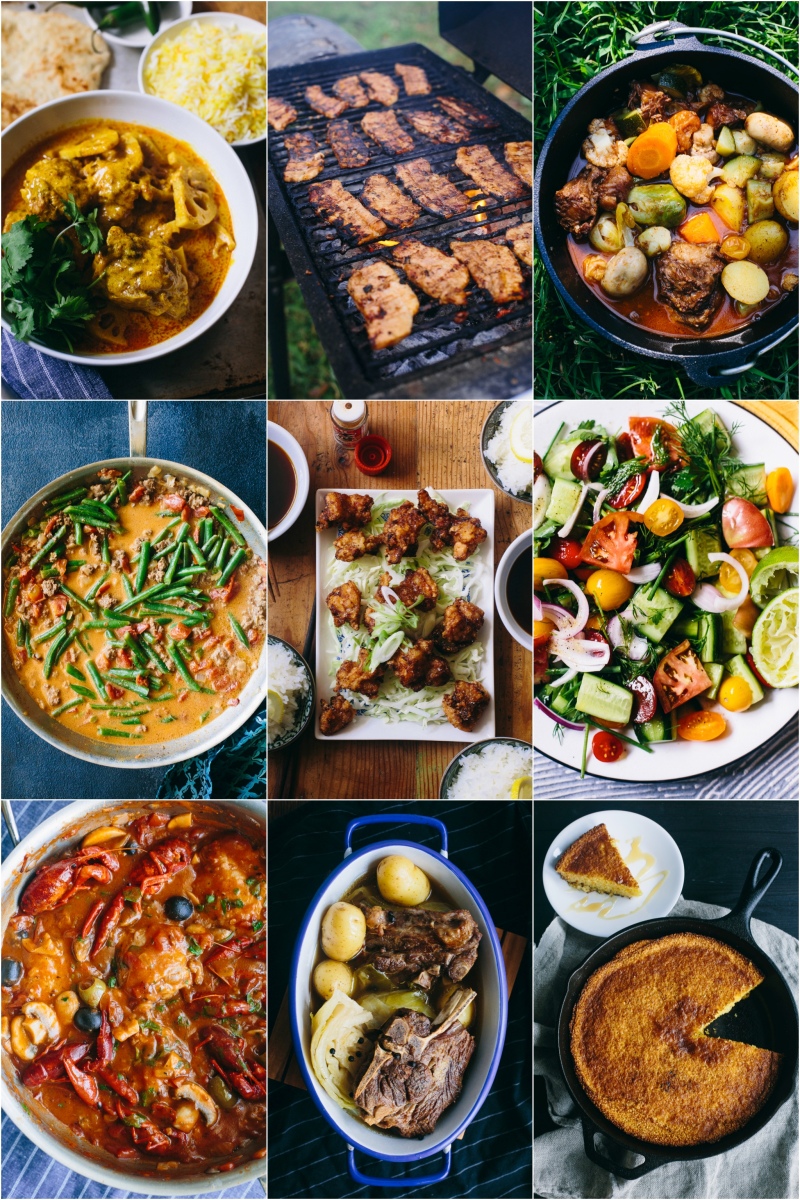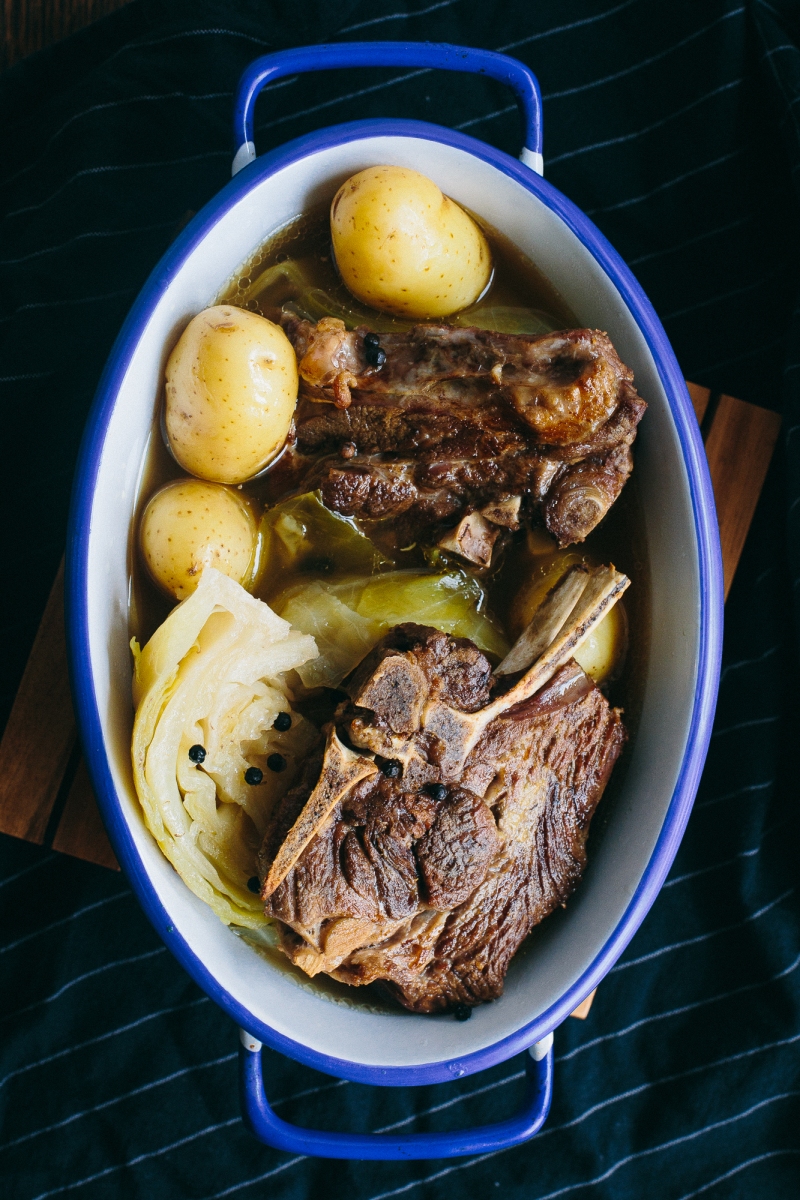
The history of the Cucurbitaceae (gourd) family is surprisingly complex, as I recently found. They are one of the first cultivated foods; there is indication they were domesticated as far back as around 15,000 years ago. The Cucurbitaceae family is broken into five main groups, all important to humans for different reasons:
1) the Lagenaria genus, indigenous to Africa, includes bottle gourds (aka calabash), used as a container and musical instrument.
2) the Citrullus genus, also from Africa, includes watermelon and egusi (whose seeds remain an important food in Africa today).
3) the Cucumis genus, is of unknown origin (but likely the Middle East) and includes cucumbers, cantaloupe, and honeydew melon.
4) Luffa is a genus of fibrous gourds, grown in Asia and eaten when immature, or matured and dried on the vine for use as body scrubs (this is where the word “loofa” comes from).
5) and finally, the Cucurbita genus encompasses today’s subject – pumpkins and squash.
As you probably know, the winter squashes we know today – pumpkins, acorn, butternut, and the like – were first domesticated in the New World, and are relatively new additions to other cuisines. But when you look up the origins of other squashes, like zucchini, the results are not so clear. As I dug through recipes for Kousa Mahshi, many would describe this dish as an ancient favorite, as if this delicious stuffed squash was enjoyed in Constantinople a thousand years ago.
In truth, zucchini (and all summer squashes) are simply immature cultivars of the Cucurbita genus, eaten while the rind is still edible. Zucchini in particular was first developed in Northern Italy, and not introduced to the rest of the world until the 1930s – a far cry from the Byzantine Empire!
So in the face of these facts, it’s safe to say that Kousa Mahshi is a relatively new invention, likely a reinvention of the older Sarma/Dolma (stuffed grape leaves) dish common in the Mediterranean, Balkans, and Persian Gulf.
Read Full Article











